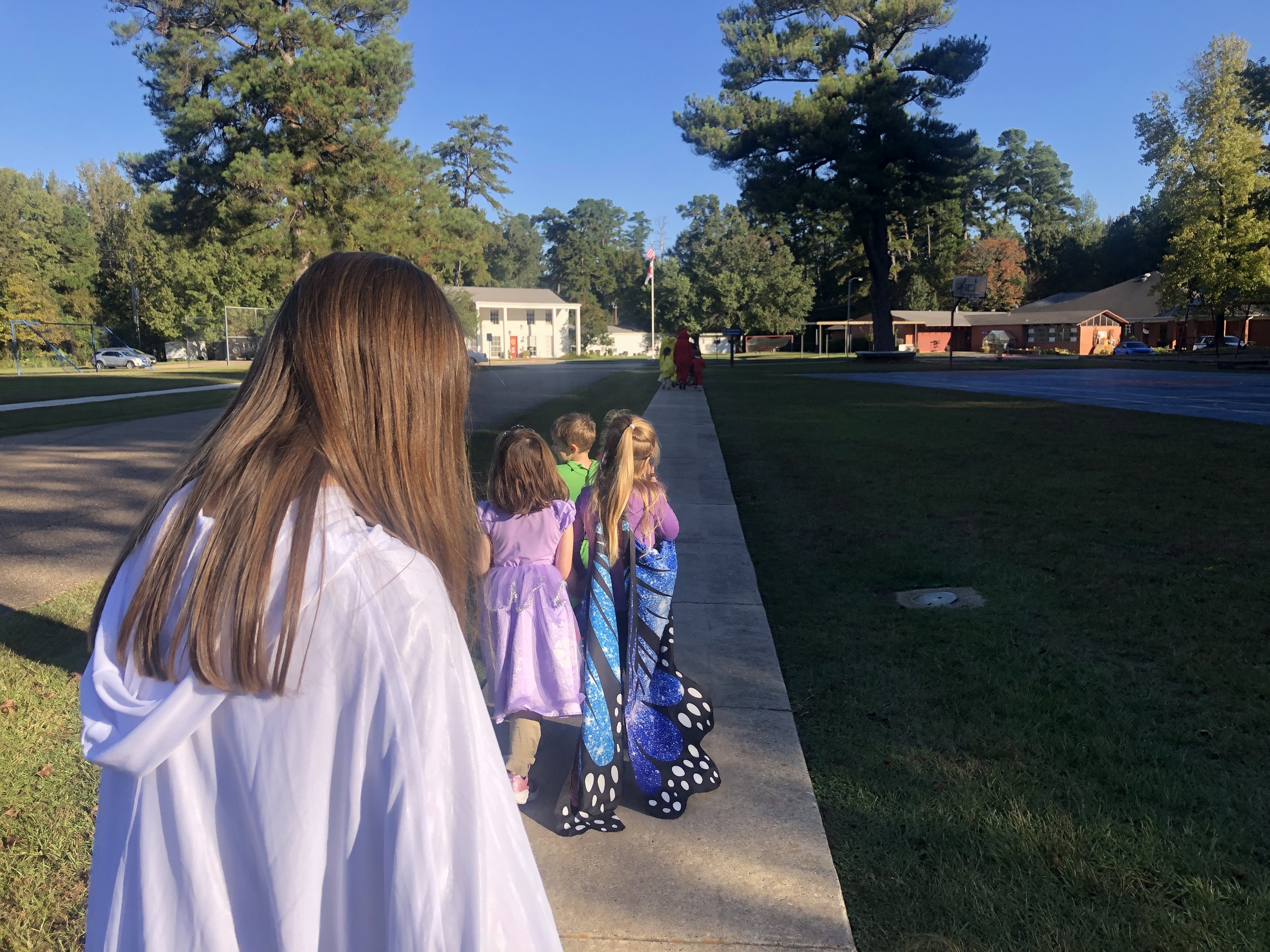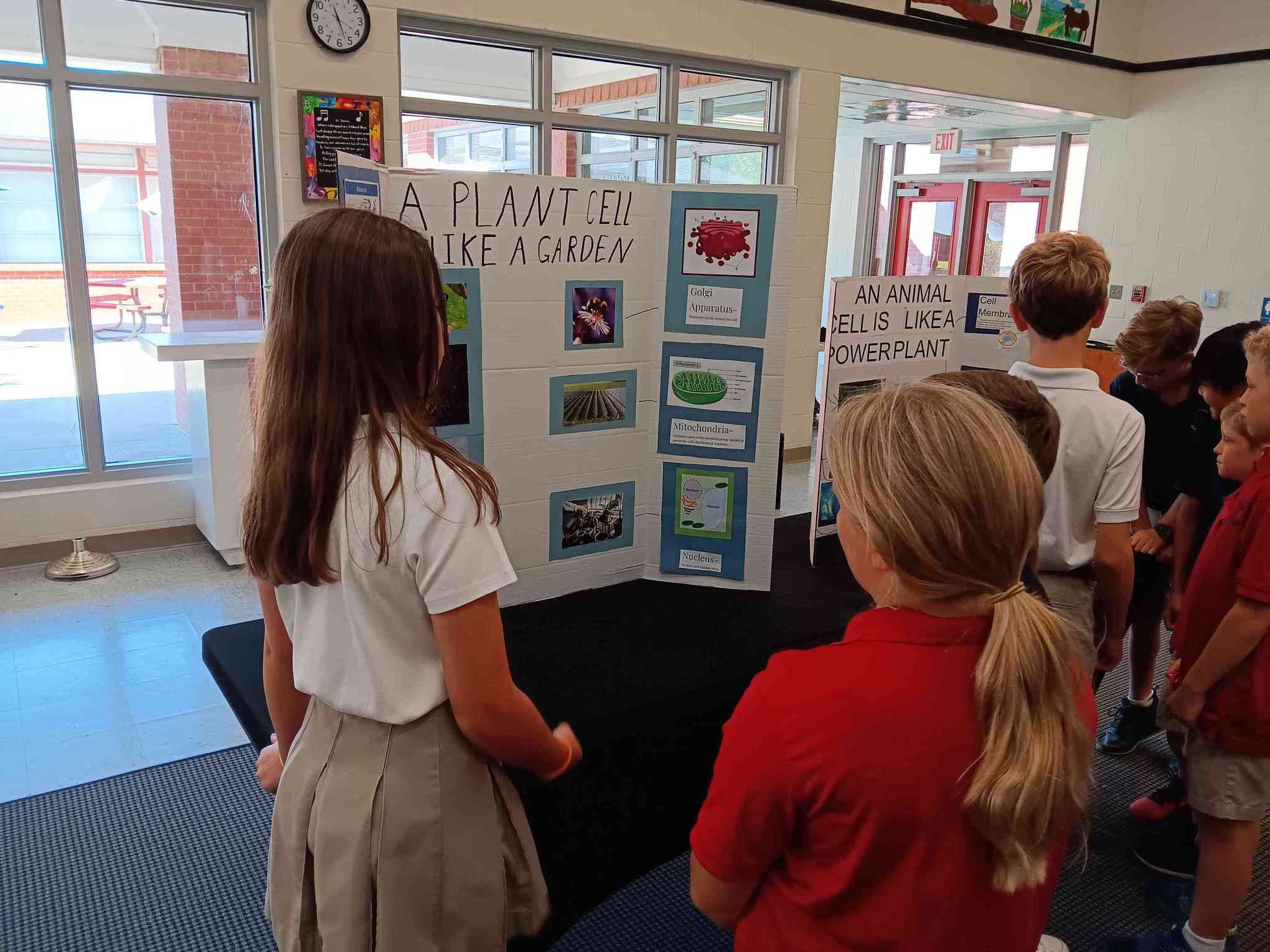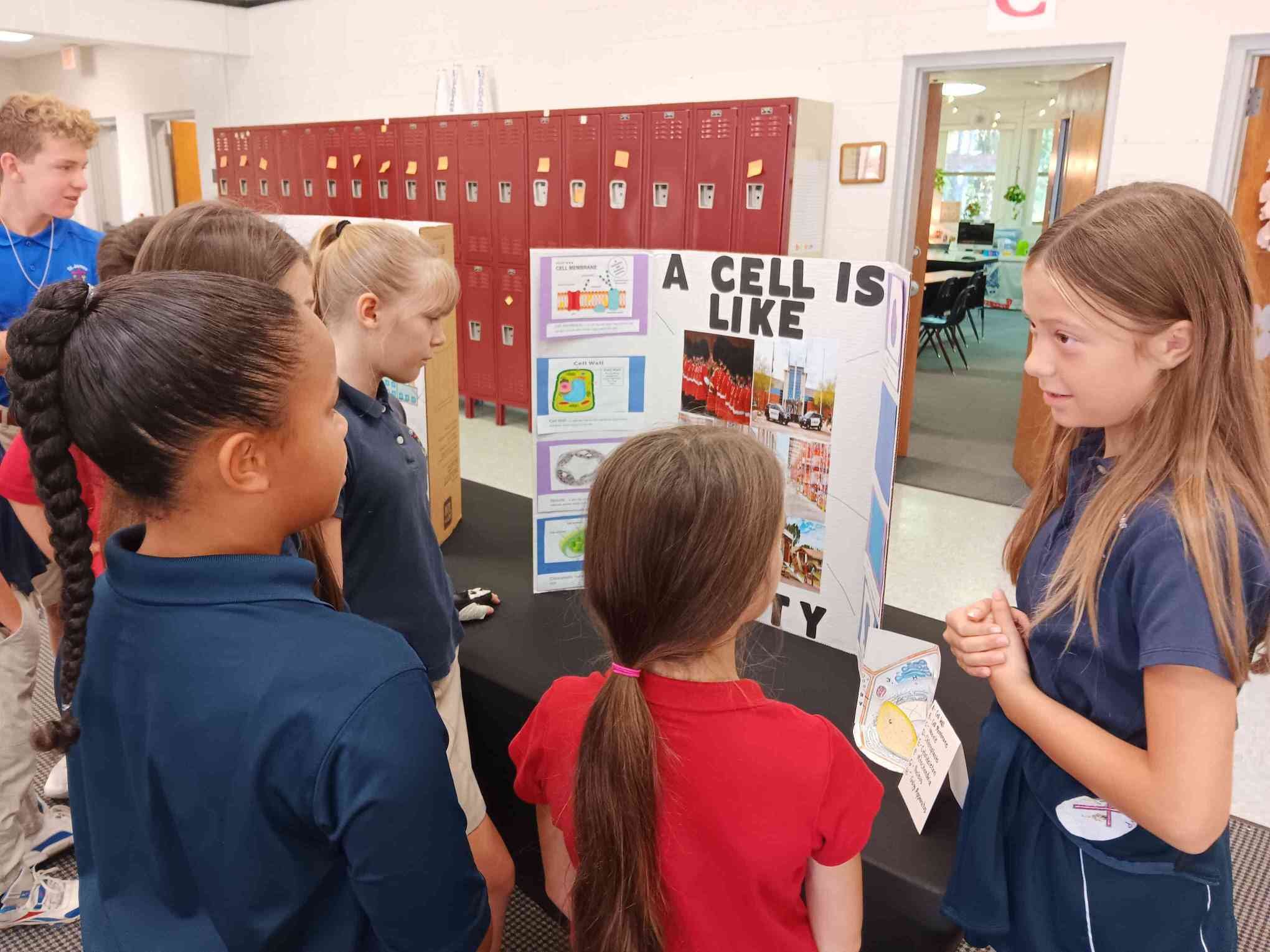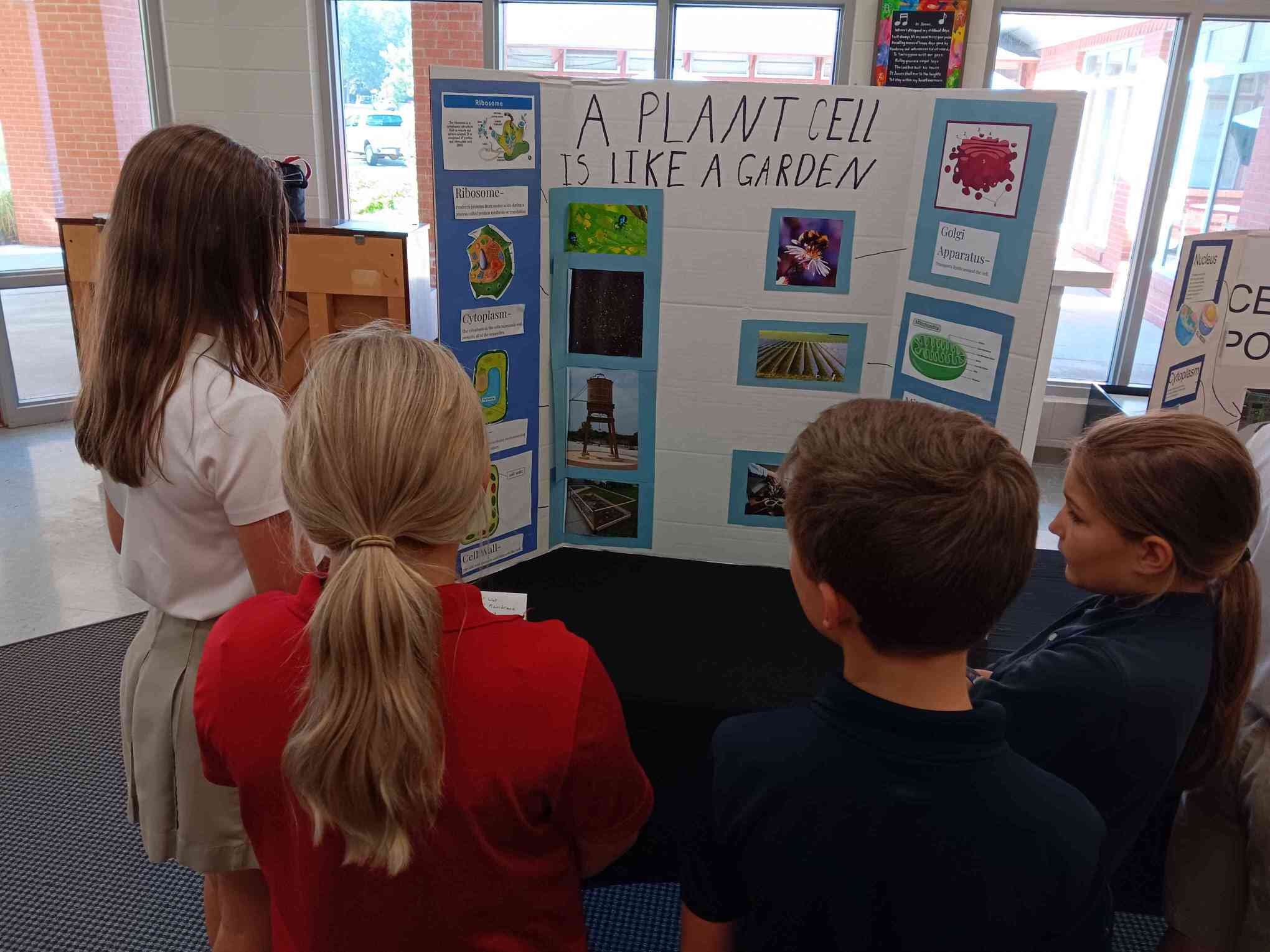By Susie Rogers, ELA, 5th-8th
Recess is not just a break between classes; it is a crucial component of a well-rounded education. The advantages of recess extend beyond the physical benefits to encompass cognitive development, social interaction, stress reduction, and inclusivity. By recognizing and prioritizing the importance of recess in middle school, we are helping the overall growth and well-being of our students, nurturing not only their academic minds but also their social and physical selves.
Recess is a time when students from different grades intermingle, fostering social bonds that extend beyond the confines of the classroom. Games like keep-away, four square, and puzzles encourage teamwork, cooperation, and healthy competition. Students interact freely, breaking down social barriers and facilitating the formation of friendships across grades. These social connections not only contribute to a positive school environment but also aid in the development of essential social skills.

























































